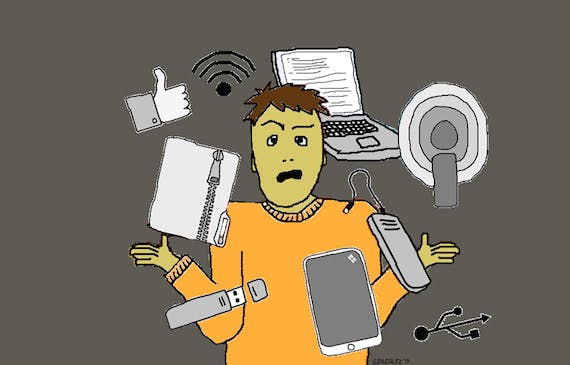
News · January 16, 2025
Over-Promised, Under-Delivered: The Reality of Healthcare Technology
A clinician I spoke with recently was a month behind on their notes. Another spends 2-3 hours every night catching up on documentation. This isn't just a failure of technology - it's evidence of a growing administrative burden that technology was supposed to help solve.
The Growing Challenge
The administrative burden in healthcare has been steadily increasing. Insurance requirements have become more complex. Quality reporting standards have expanded. Regulatory compliance demands more documentation. Rather than helping clinicians manage this growing burden, most healthcare technology has simply digitized it - turning highly trained clinicians into expensive data entry clerks.
Before the Health Information Technology for Economic and Clinical Health (HITECH) Act of 2009, only 12% of hospitals had adopted basic Electronic Health Records. The Act's $35 billion investment in "Meaningful Use" incentives drove adoption to over 95% of hospitals by 2016. The promise was clear - technology would make healthcare more efficient, reduce errors, and ease administrative work. Instead, it often made things more complex.
The Reality Today
By 2016, physicians were spending two hours on EHR tasks and desk work for every hour of direct patient care. A 2022 study found clinicians now spend an average of 4.5 hours daily on documentation. Healthcare administrative costs have risen to consume 15-25% of medical spending - among the highest in the developed world.
The irony? Systems designed primarily for billing often fail at even that task - with the average denial rate has risen 23% since 2016 and a sizable 11% after the start of the COVID-19 pandemic. Clinicians are paying thousands per month for software that merely digitizes administrative burden rather than reducing it.
The Problem with Current Solutions
Adding features to fundamentally flawed systems won't fix this. Today's health tech landscape is flooded with companies claiming to "add AI" to legacy systems. But most major healthcare software platforms weren't built to truly reduce administrative burden - they were built to document it. Even companies started recently often built their systems for yesterday's technology, not anticipating how dramatically AI would evolve.
The pace of change in AI is staggering. What was cutting-edge architecture just two years ago might be outdated today. When systems try to bolt on AI features as an afterthought, the result is often clunky, slow, and unreliable. The technology might look impressive in a demo, but it breaks down in the real world of clinical practice.
The Path Forward
We need a step change, not incremental improvement. Studies show AI can now reduce documentation time by up to 80% when systems are built from the ground up with reducing administrative burden in mind. Technology can finally adapt to humans instead of humans adapting to technology.
The stakes have never been higher. Clinician burnout has reached crisis levels, with 62.8% of physicians reporting burnout symptoms in 2023. Independent practices are struggling with administrative costs reaching up to 25% of revenue.
Think about how smartphones fundamentally changed how we interact with phones - they didn't just make landlines more efficient. That's the scale of change healthcare technology needs. Imagine software that actually reduces administrative burden instead of just digitizing it. Systems that adapt to clinical workflows instead of forcing workflows to adapt to systems.
It's time to demand better. The future of healthcare technology isn't about adding more boxes to check - it's about letting clinicians be clinicians again. We have the technology to help solve the administrative burden in healthcare. The question is: will we use it?